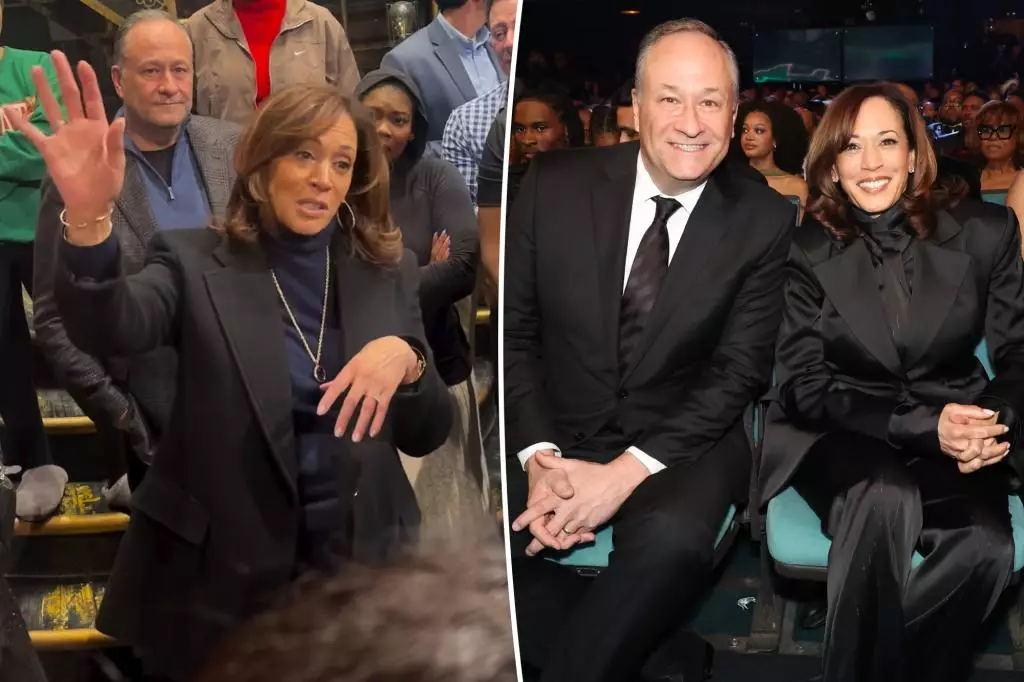In the turbulent landscape of modern American politics, where visibility often correlates with influence, Vice President Kamala Harris finds herself navigating a challenging path. Members of her own party, particularly Democratic insiders, have expressed deep frustration at what they perceive as her absence from the forefront of political discourse. The metaphorical game of “Where’s Waldo?” is an alarming backdrop that signifies not just a symbolic disappearance, but a potential risk to her political future and the larger Democratic agenda. Critics argue that a lack of presence sends a dangerous message, especially in pivotal moments that call for decisive leadership.
Harris’s recent choices, such as signing with a Hollywood talent agency and attending Broadway shows, have prompted accusations of prioritizing personal enjoyment over political engagement. The emotional stakes are high, and for those who invested substantial resources into her candidacy—approximately $2 billion—the perceived lack of engagement is a stinging betrayal. The electorate’s craving for authentic leadership, particularly in a fractured political climate, amplifies the urgency of her re-engagement with the public and her base.
Networking or Napping? The Leadership Paradox
One persistent theme within criticisms of Harris is her apparent risk aversion—a characteristic that could be seen as both a strength and a weakness. In a world where bold actions and statements often define political leadership, Harris’s hesitation has been cited as a detrimental factor in her election campaign. The insistence by some within her inner circle that she is “talking to folks” rather than drawing media attention does little to satiate concerns that outreach and communication are not merely beneficial, but essential.
Comparisons with other political figures, such as California Governor Gavin Newsom, reveal a striking contrast. While Newsom ventures out with new content and visibility, critics argue that Harris seems to stagnate, wrapped in an outdated script that no longer resonates with today’s electorate. Her reluctance to engage with new media forms during her campaign left gaps that allowed her narrative to remain undeveloped, effectively keeping her from fully connecting with voters.
The Silent Majority and its Political Rebirth
While some detractors lament Harris’s public presence, it’s essential to recognize her continuing efforts behind the scenes. Fundraising initiatives for the Democratic National Committee and participation in high-profile events like the NAACP Image Awards signal her desire to contribute to the party’s trajectory. However, these efforts must be more widely publicized to cultivate a stronger connection with voters who may feel disenfranchised or disheartened by recent electoral outcomes.
As the Democratic Party grapples with its identity in the wake of electoral losses, a dynamic, visible leadership structure becomes crucial. Reflecting on Harris’s current strategy, one can argue that a recalibration towards more public engagement, coupled with a willingness to take risks, could invigorate not only her political standing but also reinvigorate an eager base, ready to support her for what lies ahead.
The path to political reform is often brightened by the individual stories of leaders willing to engage, risk, and connect. Harris’s evolution from a somewhat hidden figure to one who actively engages in media and public discourse could not only reshape her political narrative but also rejuvenate the Democratic Party’s vision during a pivotal moment in history.

